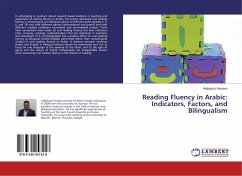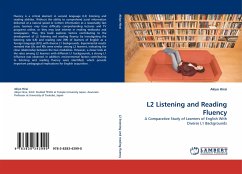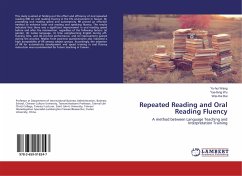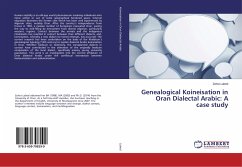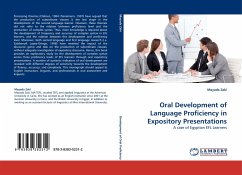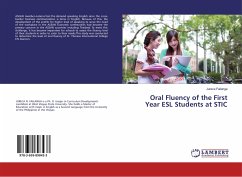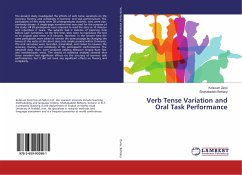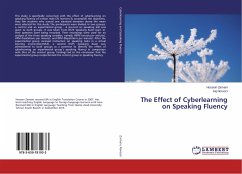In attempting to conduct robust research-based evidence in teaching and assessment of reading fluency in Arabic, the author addressed oral reading fluency in monolingual and bilingual schools at different levels (grades 4, 5, 6, and 10) and with different genres (informational and poetic) and with different reading conditions (vowelized and unvowelized scripts). Three main conclusions were made (a) oral reading fluency has four indicators (rate, accuracy, prosody, comprehension) that are important in teaching and assessment of it, (b) bilingualism has a positive effect on oral reading fluency as bilinguals (Arabic-English) performed better than monolinguals (Arabic) in oral reading fluency in Arabic. A balance between teaching Arabic and English in bilingual schools should be maintained and not to focus on one language at the expense of the other, and (c) the type of genre and the nature of Arabic orthography are indispensible factors when examining oral reading fluency in the science of reading.
Bitte wählen Sie Ihr Anliegen aus.
Rechnungen
Retourenschein anfordern
Bestellstatus
Storno

